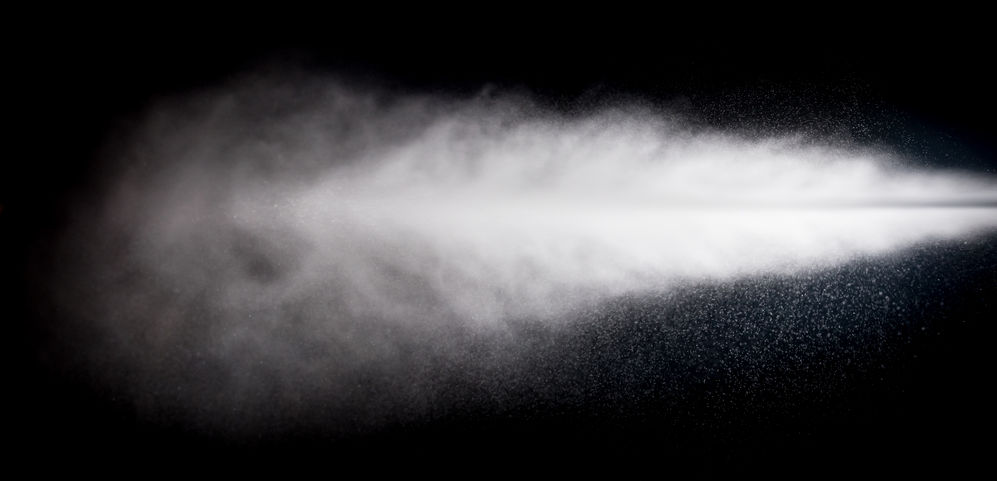Causes of high water pressure
Most of the time, high water pressure isn’t the homeowner’s fault. For example, living close to a fire hydrant can result in higher water pressure. Usually, however, it has to do with your municipal water supply. It has to supply water to a vast area and therefore it pumps water throughout the city at higher pressures than what you want coming into your home. It’s recommended to keep your home’s water pressure between 40 and 60 PSI (pounds per square inch). It should never exceed 60 PSI, or significant damage can occur to your pipes, faucets, and appliances.
Signs of high water pressure
There are a few common signs of high water pressure you should watch for, including:
- Noticeably high pressure. This is the easiest to spot, although if you’re used to the high pressure, you may not think about it. If water pelts you when you are taking a shower or it feels like a mini-explosion every time you turn on a faucet, you probably have high pressure.
- Loud banging in the pipes. If you’ve been hearing loud noises in your pipes for a while, don’t ignore it. This is also known as “water hammer” and it occurs when the water pressure is too high.
- Leaky faucets. Do your faucets leak when you use certain plumbing fixtures? Do the fixtures rattle around during use? High water pressure could be the issue.
- Running toilets. Although rare, if your toilets suddenly start running constantly, high pressure is probably to blame.
What to do when you notice high water pressure
To check your water pressure, you’ll need to attach a pressure gauge to the faucet closest to your water meter. When it’s obvious you have a pressure problem, the fix is usually to install a simple pressure-reducing valve, usually installed near your shut-off valve. This limits your water pressure to a certain range and takes the load off of your plumbing system. If your home was built after 2002, a PRV may already be installed, since that was the year it became required on all new homes. However, a typical PRV’s lifespan is about 7 to 12 years.
We recommend having your new pressure-reducing valve installed by a trained professional, such as one of our master plumbers. Bieg Plumbing has served the St. Louis area for 60 years. Over that time, we’ve seen it all, so don’t hesitate to contact us to schedule an inspection. We’ll find the problem and fix it promptly.
Plumbing problem got you stuck? Call in the red truck!

